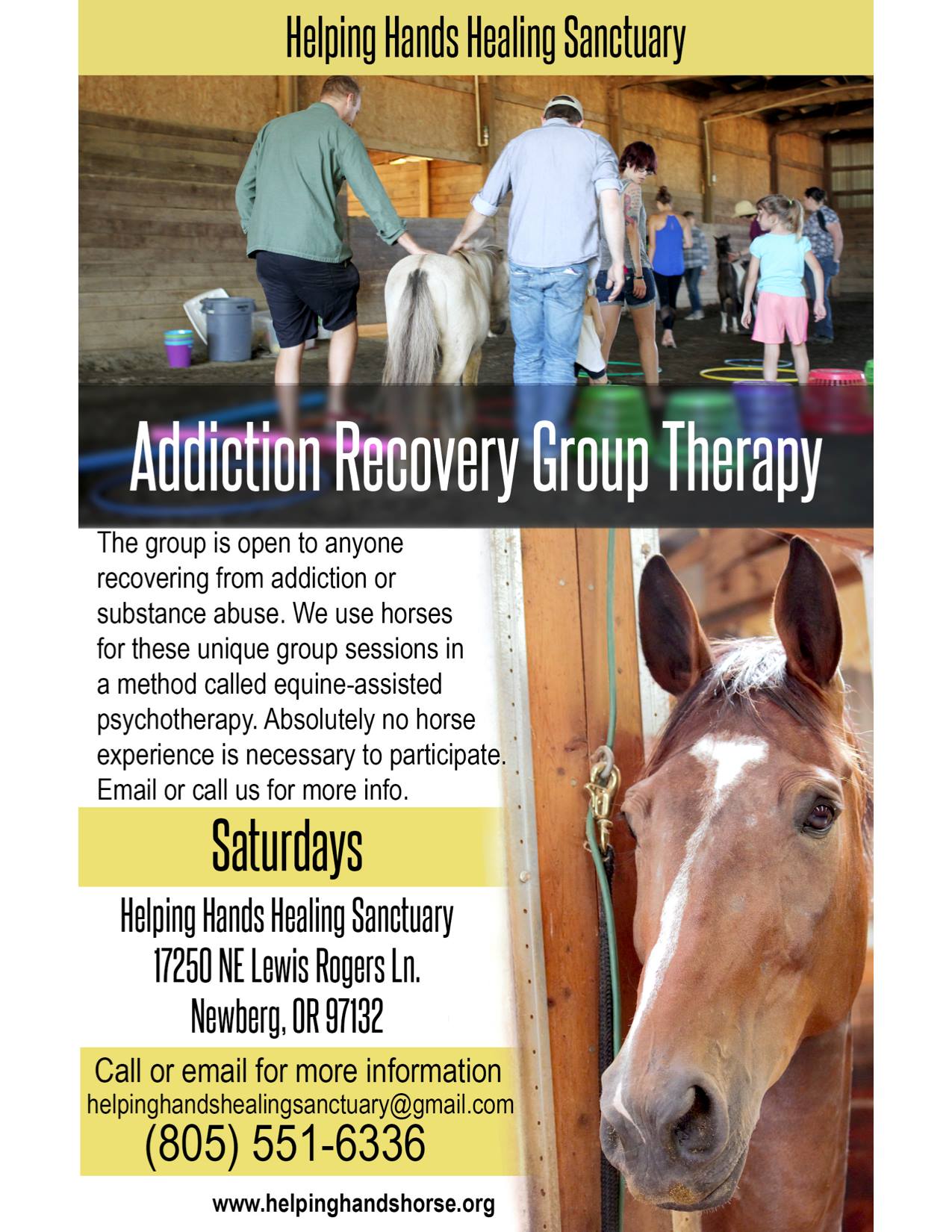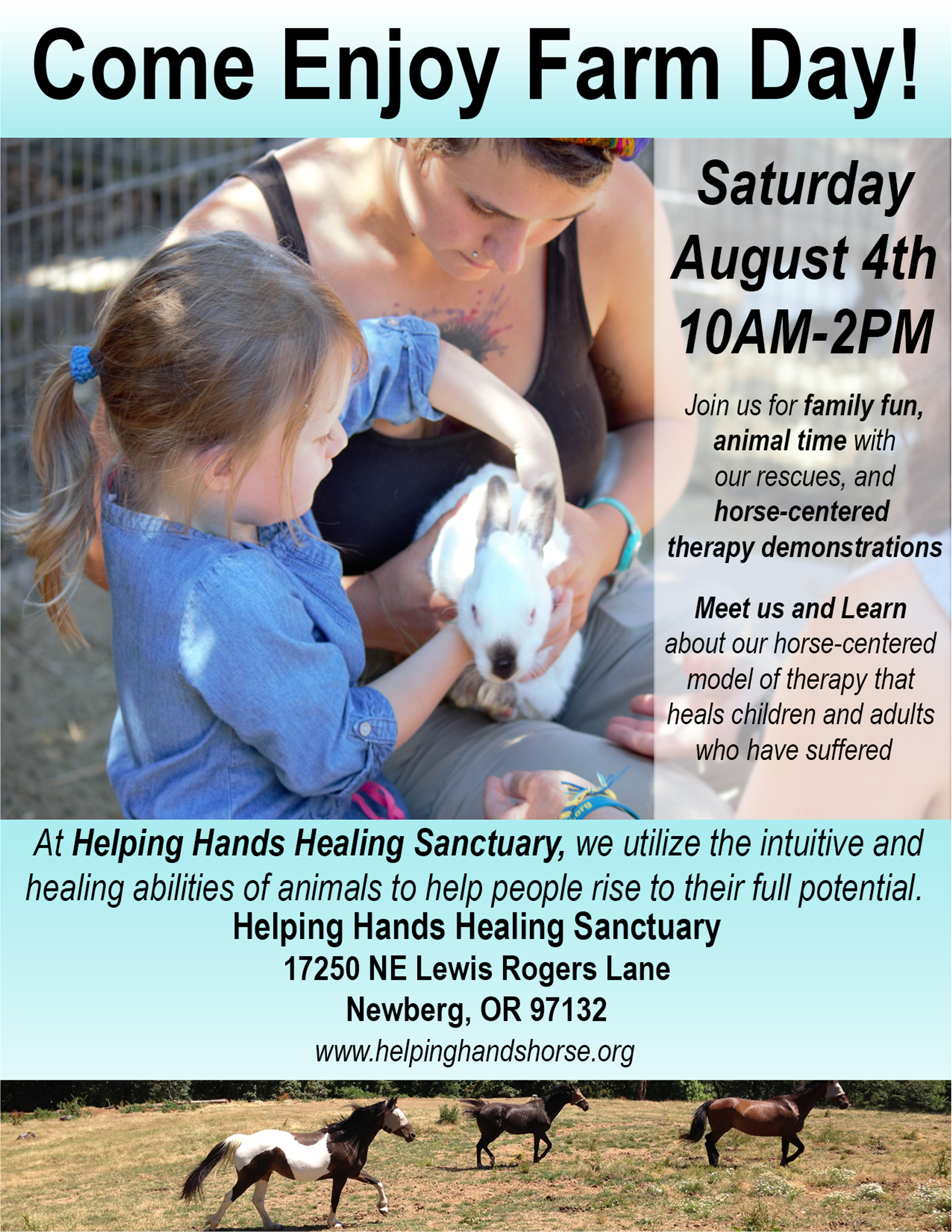For a person with ED, a horse does not carry the same potential for shame as does a person, yet at the same type offers the opportunity for a relationship.
Scroll to ArticleWhile the efficacy of equine therapy has been questioned, with critics challenging the field’s sparse research studies, another concern has been raised regarding the burgeoning practice of incorporating horses into mental health treatment models — and that is, just how does equine therapy work?
Unlike Cognitive-Behavioral Therapy, Family Systems Therapy, or DBT, equine therapy cannot always be clearly explained. Yes, we know that a horse is more approachable than another person for clients who suffer from social anxiety, and yes, we know that in general, spending time with animals has been linked to improved measures of mental health.
But these are largely assumptive explanations for why equine therapy may be a helpful, and efficacious form of treatment. So lets look for a moment at the case of eating disorders where equine therapy has been widely used. Looking first at the National Eating Disorders Association definition of both Anorexia Nervosa and Bulimia Nervosa, we see that both disorders are characterized by an “extreme concern with body weight and shape”. Looking further into what constitutes this concern about body image, what becomes clear is that a person with an eating disorder has adopted appearance ideals into her internal definition of beauty and self, so much so that there is no room for any other objective definition of the self.
This is what as known as self-objectification. The language goes something like this, “If I don’t look this certain way, I am completely and utterly worthless.” However, one must also consider the source of this profound body shame. This internalized self destruction was at the hands of other people, whether it be through the media, family, friends, or life partners. And so to now recover, the ED patient must trust the very hand that dealt her the shame in the first place. And for many who live in the profound hell of an eating disorder this is simply too much.
Enter equine therapy. For a person with ED, a horse does not carry the same potential for shame as does a person, yet at the same type offers the opportunity for a relationship. So while the horse represents an acceptance unlike any other for a person with ED, in order to have a relationship, he makes a few demands.
For a horse, when a person slips away from the relationship into the self (in order to engage in self objectification), the relationship process ceases, and so does his pursuit of it. The language would go something like this, “Yes I will accept you fully, unconditionally, but in order to have this relationship, you must be fully present.” When the person is not fully present, and the horse moves away, temporarily halting the relationship, the disengagement on the part of the ED patient becomes vivid. This is an important observation for the person with an eating disorder, as often she may disengage so much and so frequently that even she is unaware that she is doing it or of the effect it is having on her relationships. And while the human relationships in an ED’s life may be the cause of much of her pain, their avoidance is also a hallmark feature of the disorder.
Making the case for equine therapy with an eating disorder patient then is like making the case for the rebuilding of the relationship — not just with the other but with the self as well


